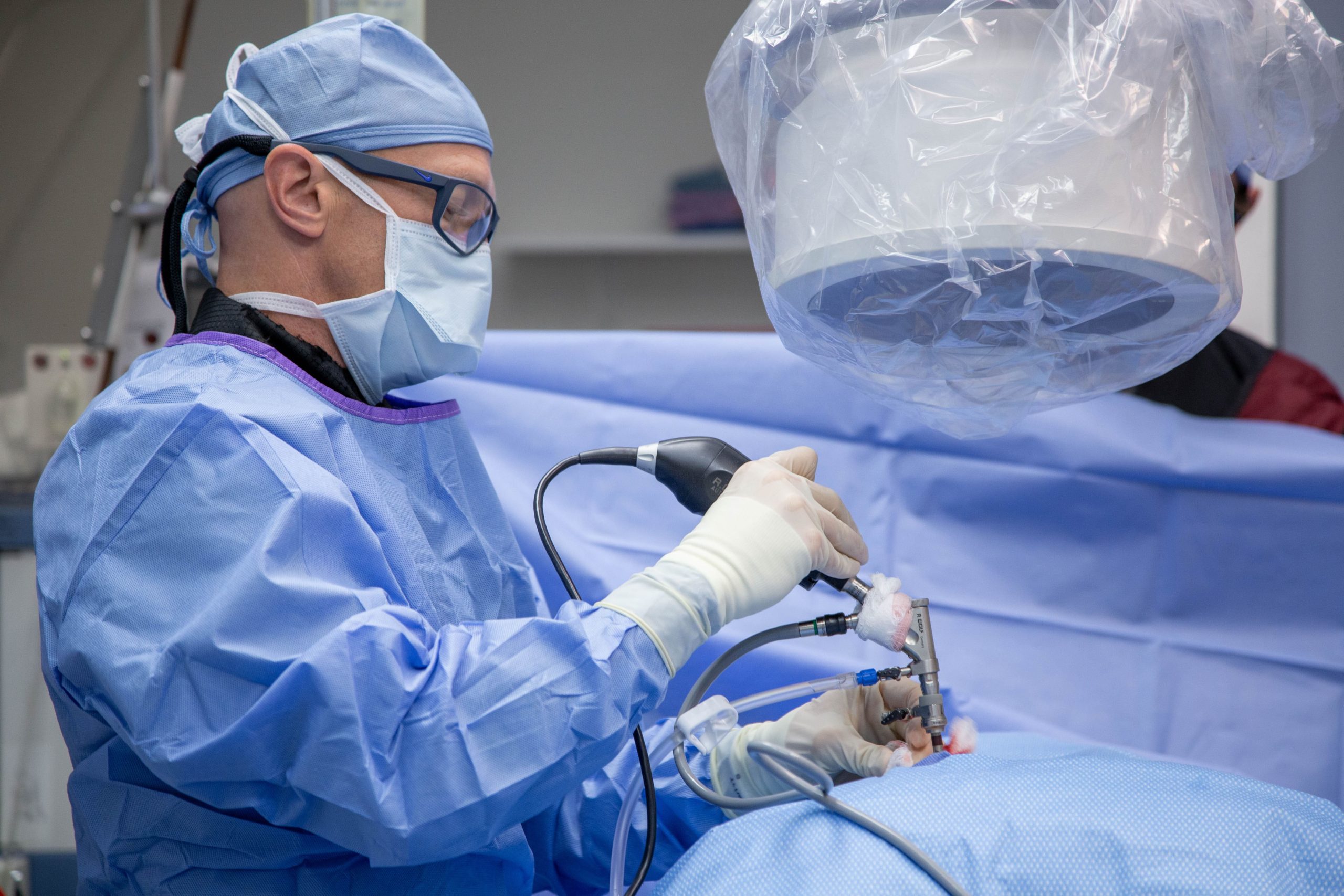In recent years, advancements in medical technology have revolutionised the field of spine surgery, offering patients less invasive alternatives to traditional procedures. Endoscopic spine surgery has emerged as a breakthrough technique, garnering attention for its precision and minimal disruption to surrounding tissues.
In this blog, we explore everything you need to know about endoscopic spine surgery, addressing common questions and shedding light on its effectiveness.
Understanding Endoscopic Spine Surgery:
- Endoscopic spine surgery is a minimally invasive procedure that utilises a small, tube-like instrument called an endoscope to access and treat spine-related issues. This innovative approach allows surgeons to visualise and address spinal abnormalities with smaller incisions, reducing trauma to surrounding muscles and tissues.
Postoperative Precautions:
- After undergoing endoscopic spine surgery, certain precautions are essential for a smooth recovery. Patients are typically advised to avoid strenuous activities, heavy lifting, and prolonged periods of sitting or standing during the initial weeks. Adhering to the prescribed rehabilitation exercises is crucial to promoting flexibility and strength in the spine. It’s imperative to follow the surgeon’s instructions diligently to optimise the healing process and prevent complications.
Recovery Timeline:
- The recovery period from endoscopic spine surgery is generally shorter compared to traditional open surgeries. While individual experiences may vary, many patients can resume light activities within a few weeks. Full recovery, including a return to more strenuous activities, may take several months. The key to a successful recovery lies in patience, adherence to rehabilitation exercises, and regular follow-ups with the medical team.
Success Rates of Endoscopic Spine Surgery:
- Endoscopic spine surgery has shown high success rates in treating various spinal conditions. The effectiveness of the procedure often depends on factors such as the patient’s overall health, the specific spine issue being addressed, and the surgeon’s skill and experience. Patients with herniated discs, spinal stenosis, or degenerative disc disease have experienced significant relief and improvement in symptoms following endoscopic spine surgery.
Disadvantages of Endoscopic Spine Surgery:
- While endoscopic spine surgery offers numerous advantages, it’s essential to be aware of potential drawbacks. Some patients may not be suitable candidates for this procedure, depending on the complexity of their spinal condition. Additionally, the learning curve for surgeons adopting this technique is steeper, and expertise is crucial for optimal outcomes. In certain cases, open surgery may still be the preferred option, especially for extensive spinal deformities or multiple-level issues.
Best Spine Surgeon in Bangalore for Endoscopic Spine Surgery:
- Residents of Bangalore seeking the best spine surgeon for endoscopic spine surgery are in a fortunate position. The city hosts a pool of highly qualified and experienced spine surgeons, renowned for their expertise in minimally invasive techniques. When searching for the best spine surgeon in Bangalore, factors such as credentials, patient testimonials, and success rates should be considered to make an informed decision.
Conclusion:
Endoscopic spine surgery represents a cutting-edge approach to addressing spinal issues with minimal disruption to the patient’s life. While the procedure boasts high success rates and quicker recovery times, it’s crucial to weigh the advantages against potential disadvantages. For those searching for the best spine surgeon in Bangalore, the city offers access to top-notch medical professionals with the expertise to deliver optimal outcomes. By understanding the nuances of this innovative technique, patients can make informed decisions about their spine health and overall well-being.


